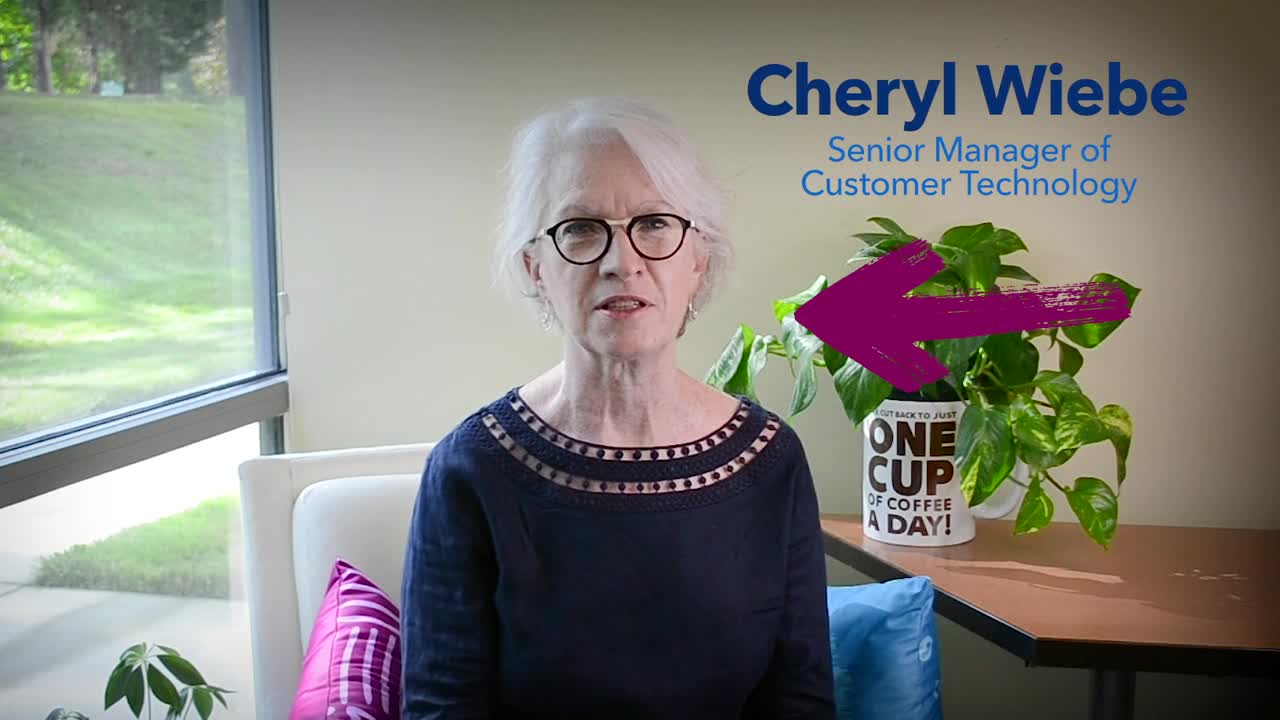Make Your Mortgage Tech Stack Work for You

We often hear from loan officers that they feel that their mortgage tech stack is forced upon them and there’s not much follow-up with how to use it effectively. It’s frustrating for everyone, particularly the individual contributors who don’t understand how the technologies can be used to make them more productive.
We’re here to put the reins back into your hands so you can confidently navigate your mortgage tech stack and be more efficient in your role.
What’s the current state of technology in lender shops?
There’s not really a set state of technology in lender shops.
Some lenders have only a handful of tech tools implemented like an underwriting system, maybe a pricing product engine, and a document repository of some sort. Others can be up to their eyeballs in tech solutions.
No matter where you feel your business lands on the spectrum, know that not everyone’s in the same position.
Is it OK if my business doesn’t have a huge mortgage tech stack in place?
Rather than thinking about the number of solutions you have implemented, consider if the solutions are right for your business.
You can gauge this pretty easily. First, look at some of your processes and evaluate whether they can be done more effectively. Next, see if you already have a technology solution that’s meant to ease that pain point.
If you do but you’re still feeling that pain point, it might be an indication that the tech solution might not be right for that process. You could also need more explanation on how the solution in question is meant to improve a process. That clarification can come from your tech leader or the tech company’s customer solutions lead.
Why does it feel like there are SO many solutions in the market so quickly?
It’s no secret that the mortgage industry is playing catch-up with other industries when it comes to technology. That catch-up feels accelerated because technologists are coming into the mortgage industry and asking different questions about how we do things.
These technologists have a keen sense of how people want to business nowadays. Consumers, especially the younger ones, have a desire for a self-service. They grew up being able to handle nearly every transaction online from ordering on Amazon to stock trading. They want that same experience when applying for a mortgage.
Lenders who can effectively implement and leverage technologies to make the application process easier for younger borrowers will find great success.
I have too many systems to learn. What should I do?
If you’re feeling overwhelmed with so many systems, try starting with a pain point in your process.
Document follow-up can be a huge time suck for many LOs. This situation might sound familiar: a borrower forgets to give you a page from their bank statement. That means you have to get back in touch with them to get the missing page, a loop that could wind up taking days to complete.
Instead of starting down that follow-up loop, see if you have technology that will allow borrowers to grant you access to their bank accounts to verify their income. That’s time saved on your end and on theirs, making for a better customer experience.
OK, but really, why should I care about using these tech solutions effectively?
Simply put, time is money. The time you’re spending on chasing down documents or doing other rudimentary tasks are not the tasks that are adding value to your borrower’s experience with you.
By offloading mundane and repetitive work, you can focus on complex problems that require a human touch. Computers might be smart, but they can’t sense when a borrower needs more information or maybe a little more hand-holding.
Any tips for how I can make adopting these technologies less overwhelming?
First, in your POS, take the time to understand how your borrowers first interact with you on that system. Know how they navigate to that intake form on your POS and understand how much information they’re willing to give you during that first interaction.
Having thorough information from potential borrowers will help you understand how they want you to follow up with them and keep them moving through your funnel.
Second, know the ins and outs of what your loan processor needs based on the LOS you have. The more complete the information you can pass over, the faster the process will be. Not only will the process be faster, you’ll develop a better relationship with your processor because you’ve taken the time to understand what they need to make their job (and yours) easier.
________________________________________________________________________________
The bottom line on all of this is that technology is a loan officer’s friend. By giving the mundane and low return activities to these different systems, you can turn that previously lost (and costly) time into productive time where you can add more value in face-to-face interactions and complex problem solving.


Leave a Reply
Want to join the discussion?Feel free to contribute!